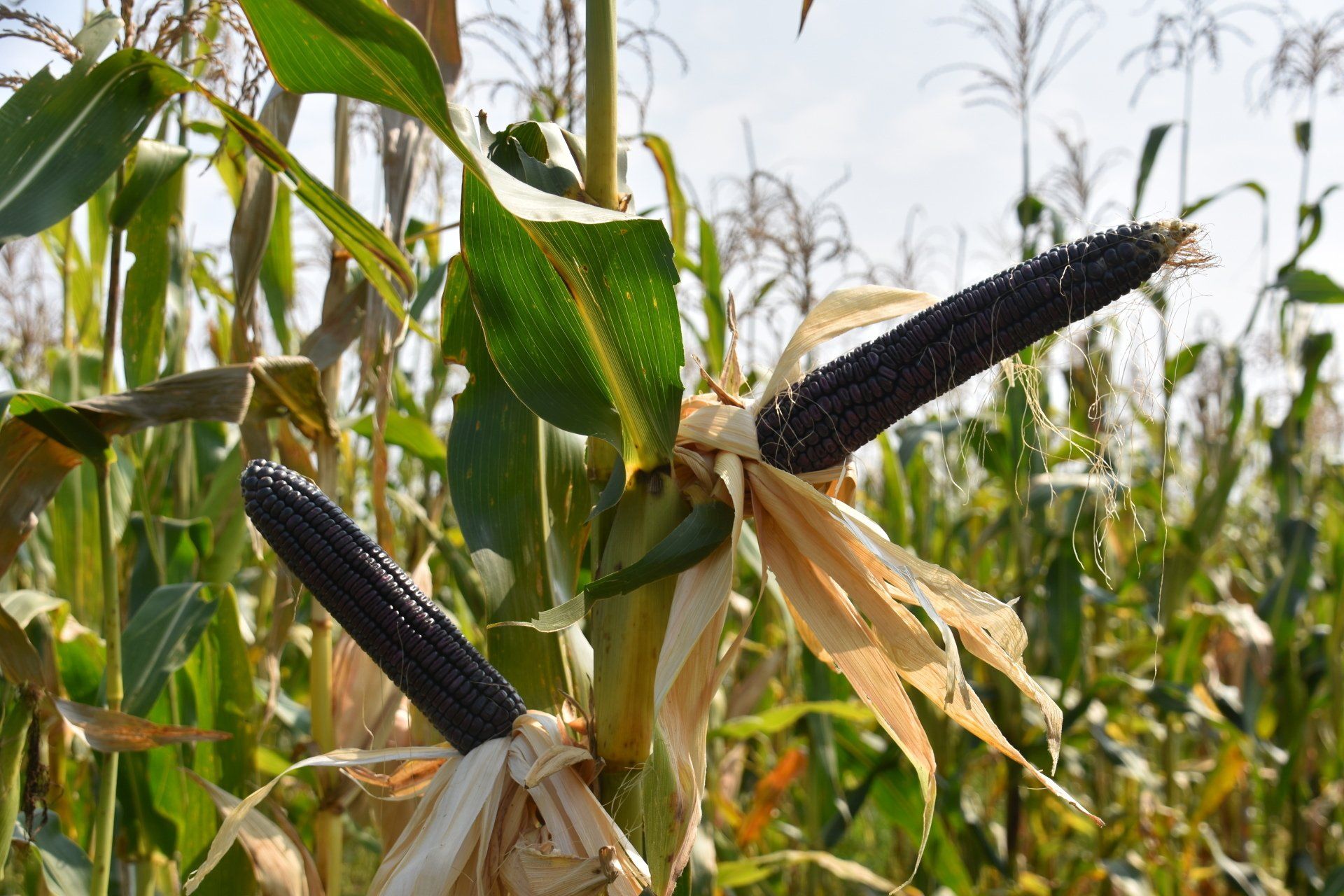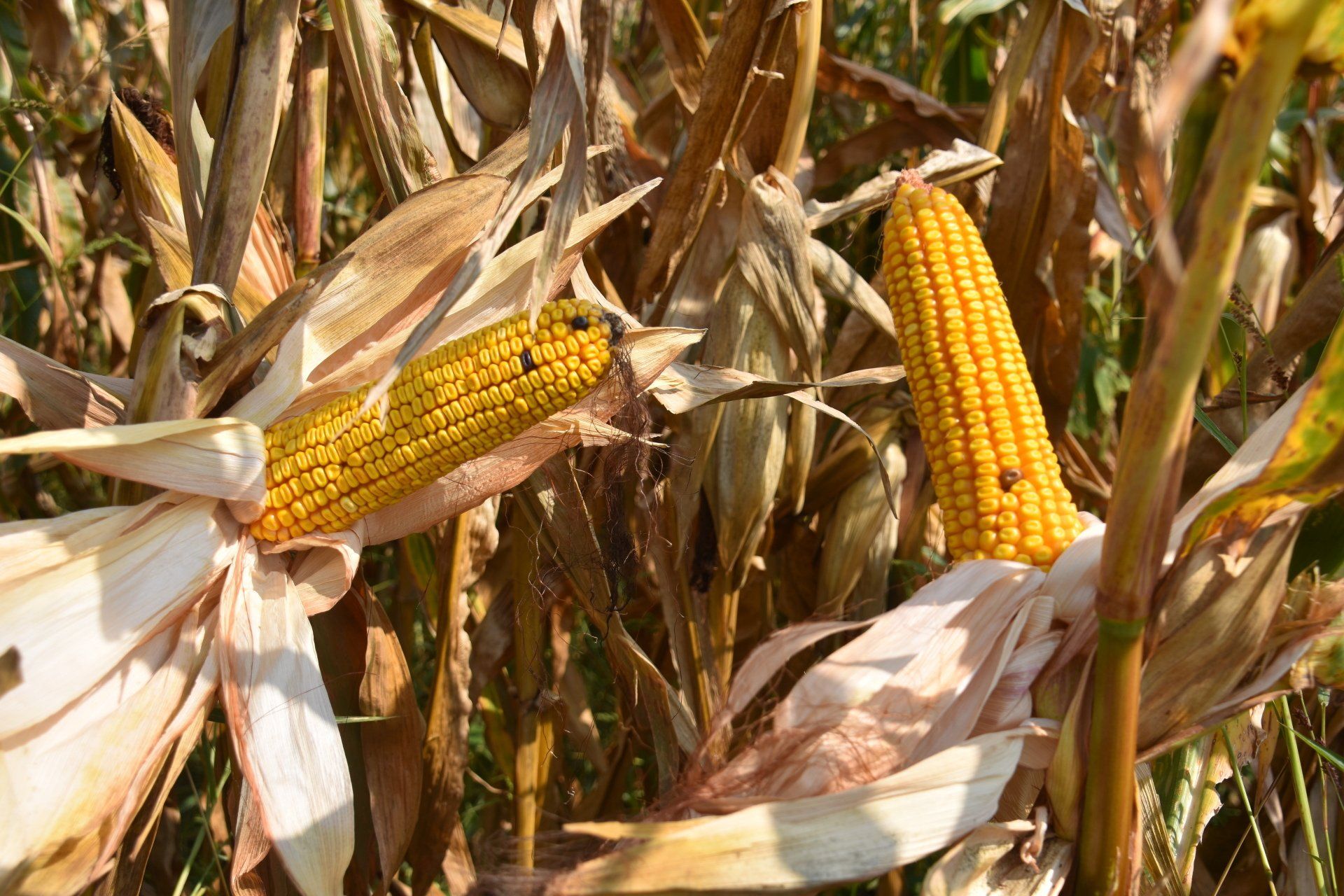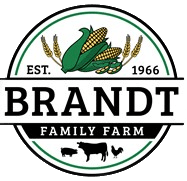About Us
Brandt Family Farm
The Brandt Family Farm is located in Fairfield County, Ohio. We are in the outskirts of Columbus and are first and foremost a grain farm. Our crops include Corn, Soybeans and Wheat, and include many other cereal grains sold through the on farm cover crop seed business, Walnut Creek Seeds, LLC.
The Brandt Farm has used soil conservation practices for over 50 years. These practices include No-Till, Crop Rotation, and cover crops between cash crops. We continue to challenge ourselves to improve land stewardship practices. One of these challenges is to grow Heritage Grains and provide locally milled flour to our community. We are pleased to partner with other farms in this venture to build soil health, farm resiliency and food security in our neighborhood and through out the region.
The Brandt Family
The Brandt Family Farm is a diverse grain farm supporting three generations. David Brandt has operated the farm for over 5 decades. His son Jay and wife Ann returned to the area in 2014 to run the cover crop seed business and help on the farm. Jay and Ann’s adult children Christopher, Isaac and Therese have joined the farm and seed business and are adding their contribution into the maintenance and growth of the diversified family business. The interest in Heritage grains lead to the purchase of a flour mill, which lead to interest from the community, not only for flour and corn meal, but for other farm families to participate in the local food movement and collaborate to bring food to the region.
Conservation, Sustainability and
Regenerative Agriculture
Regenerative agriculture is a holistic approacto food and farm management. It focuses on building soil health, increasing biodiversity, improving the water cycle, capturing carbon through photosynthesis, and building resilience to climate change.
Regenerative agriculture is not one specific practice, rather, a variety of sustainable agriculture techniques are used in combination. These practices include reduced or No-Till, reduced application of synthetic inputs, crop rotation, growing cover crops, and animal integration.
Most plans to mitigate climate change focus on "reducing greenhouse gas emissions." Regenerative agriculture, which is primarily the capture of atmospheric carbon dioxide by growing plants that move that carbon dioxide into the soil, is may be the best current practice available for drawing down greenhouse gases that are already in the atmosphere.
We are bench marking the nutritional value of the grains being offered. Each year we will compare to the previous and evaluate crop management practices to optimize nutritional development. Additionally, we are working with Soil Regen to verify regenerative practices on our farm. Regenerative Verified
Farm to Table
Heritage Grain and Stone Milling
Heritage grains are varieties of wheat, and other grains that were grown before the introduction of intensive, scientific plant breeding in the early 1900s. Our ancestors grew genetically-diverse ‘landrace’ crops that were adapted to poor soils and difficult growing conditions. These crops developed resiliency trough adaptation, and had large root systems that allowed them to draw moisture and nutrients from deep below the soil surface. Traditional landraces (varieties) were complex mixtures of pure-breeding lines that were well-adapted to local growing conditions. Seed was resown from the previous year’s harvest which ensured crops were always in the process of adapting to local growing conditions and longer term climate change.
Our goal is to have a diverse selection of Heritage and local landrace grains that highlight excellent flavor and high nutrient value



